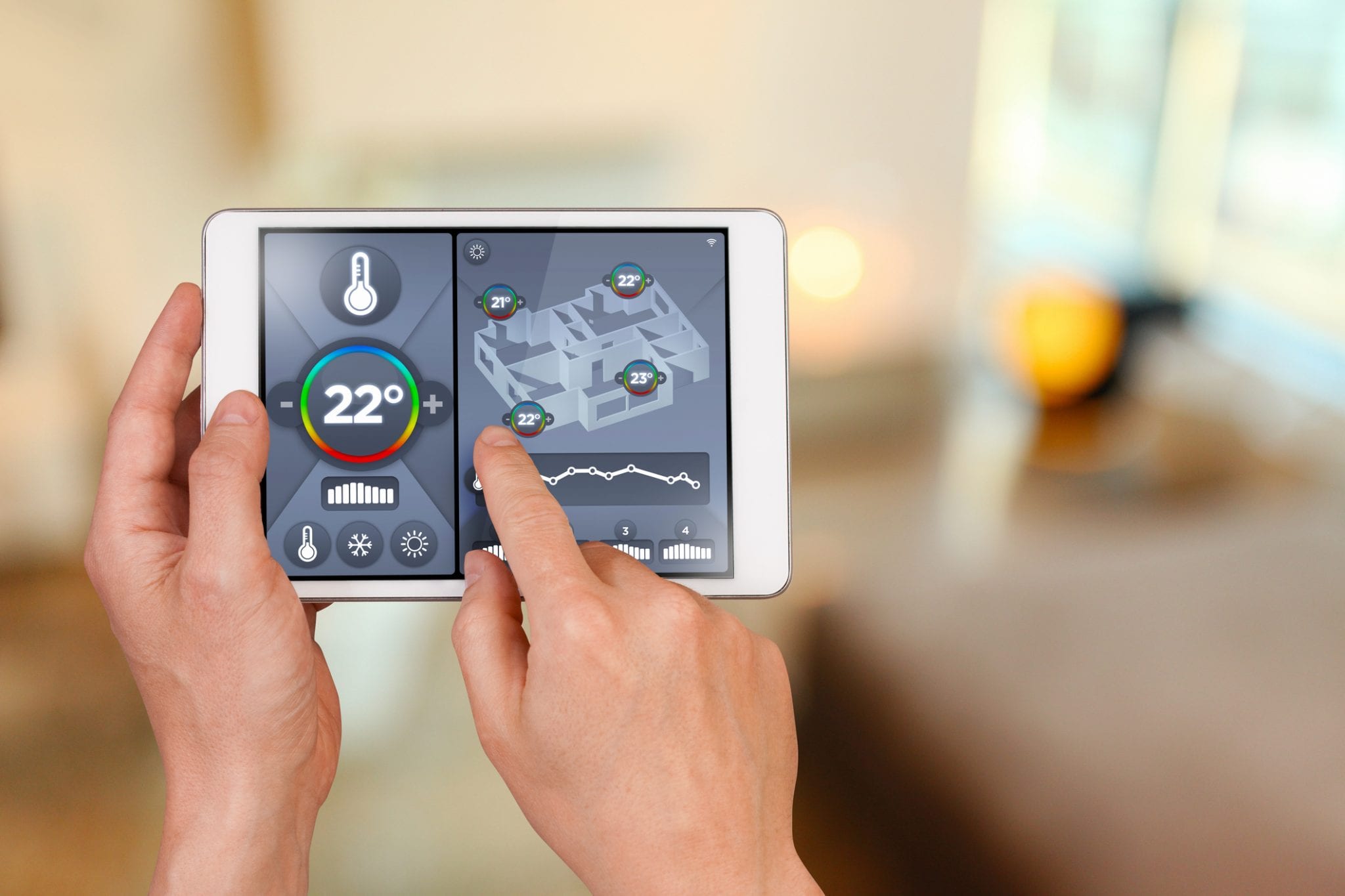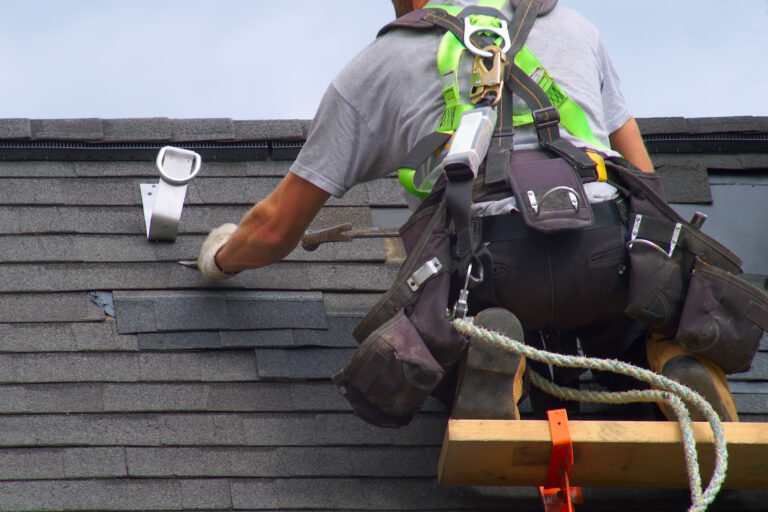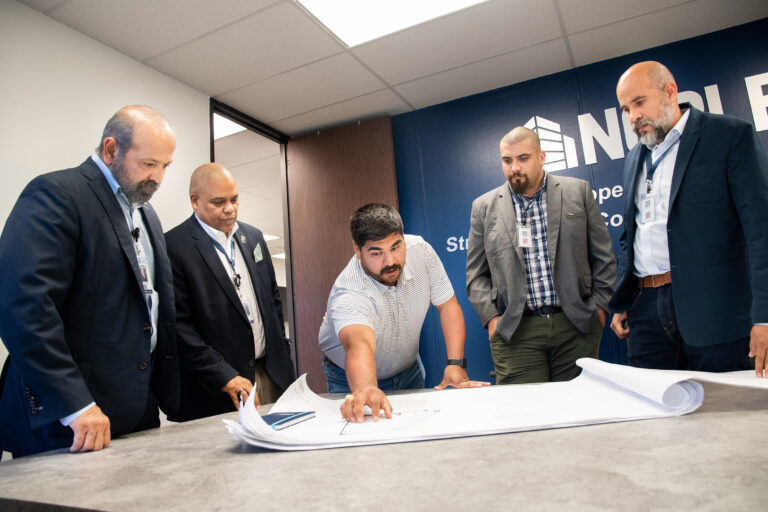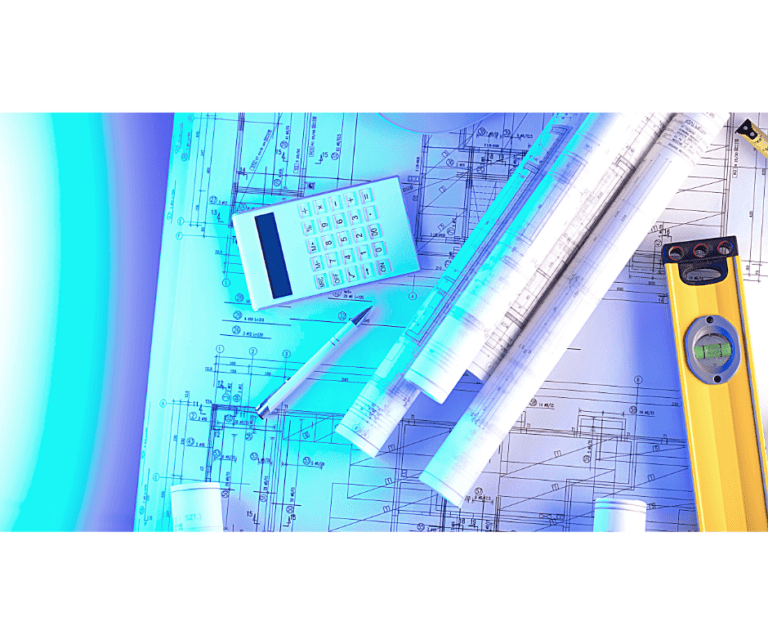
New hardware that integrates with smartphones or tablets is becoming invaluable for measurement and quality control on jobsites. With a focus on MEP (mechanical, electrical, and plumbing) system energy performance, I have found several new tools that are indispensable additions to anyone’s field kit. Beyond MEP, these gadgets can assist with a range of construction tasks from finding leaks to estimating. While they are not necessarily professional-grade tools, a few hundred dollar investment means they can be always available and prevent wasted visits from special inspectors or consultants.
I am going to highlight three categories of tools in this article: infrared camera and laser measures that are seemingly universal, and specialty smart probes mainly focused on HVAC (heating, ventilation, and air conditioning) and refrigeration trades.
Infrared Camera
Infrared cameras may be one of the most useful tools to have always at the ready. They can literally let you see through walls in many circumstances. When reviewing HVAC, plumbing, electrical, or insulation installations, they can immediately detect costly or even dangerous situations without any contact. In the case of water leaks, they can save hours of time and material damage tracing the source. They can also help identify potential defects before they lead to failed inspections or contentious rework.
FLIR and Seek Thermal both produce infrared cameras that work in conjunction with a smartphone or tablet. These sensors cost from about $250 to $500 and allow you to record infrared photographs on your phone. They are extremely helpful for quickly identifying deficiencies, or confirming work is acceptable before other trades commence.
These cameras are not a replacement for expensive, high-resolution imagers. Their thermal sensors are somewhat limited. However, they are sufficient to identify a lot of potential issues safely and avoid a lot of wasted time.
Laser Measures
Most of the major laser measure companies offer a Bluetooth-enabled measure that can pair with a smartphone app. For instance, Bosch offers the MeasureOn App that pairs with a number of their Bluetooth measuring tools and Stanley has the Smart Connect App for theirs. One can photograph the space and then append laser measurements to the photograph. Using a connected app also limits transcription errors or lost measurements.
I am also keeping my eye on iPin, a company that originally developed a headphone jack-based laser measure for smartphones. It launched a Kickstarter campaign earlier this year to bring a Bluetooth-enabled phone mounted laser measure to market. iPin plans to release the product in the fall of 2018, and it looks to be akin to the infrared cameras above. Time will tell how accurate the measurement is, but its size and cost promise to be extremely handy for verifying site conditions or taking initial measurements, especially where a tape measure can’t be easily deployed.
Smart Probes
One of my students introduced me to Testo’s line of Smart Probes that integrate with an Android or iOS smartphone app. Geared toward MEP and HVAC techs and inspectors, this line of products is extremely helpful for startup and commissioning.
The infrared thermometer has a range of applications for measuring surface temperatures, especially in difficult to reach areas. There are plumbing applications for these tools, as well with a pipe clamp thermometer. Like the laser measures, logging and recording via smartphones means less errors and no lost paper.
With the cost of sensor technology dropping, and smartphones getting more powerful, I’m excited to try out new and smarter tools. Identifying one potential defect before rework justifies building a field kit on almost any project.
Source: Constructech







